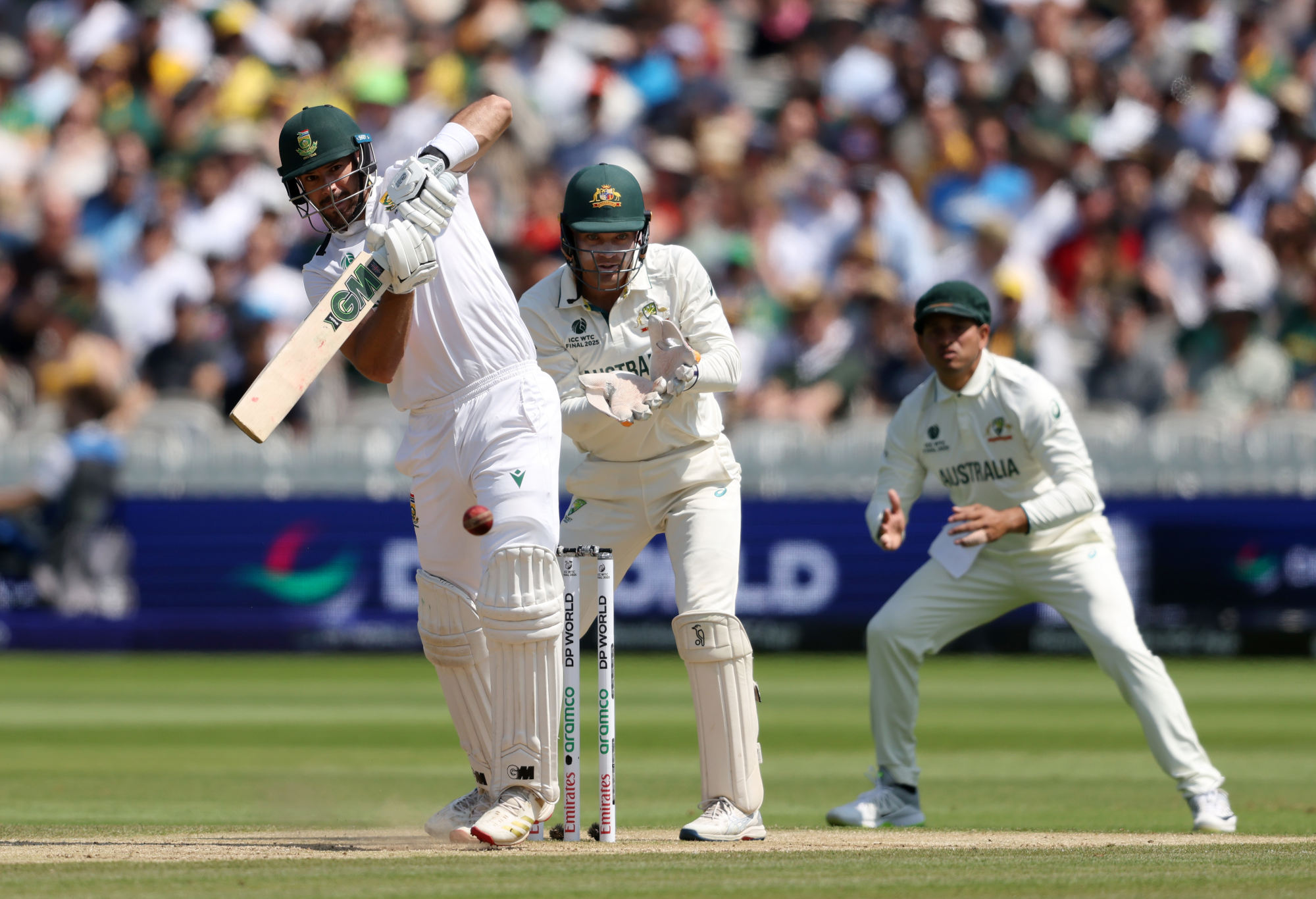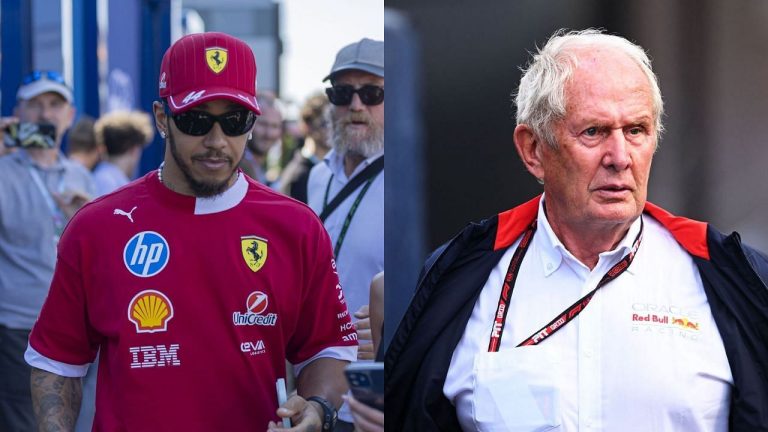You reap what you sow and Australia paid the price in the World Test Championship final for a lack of vision over the past couple of years.
The top order has been their Achilles heel going back to the prolonged David Warner farewell tour and the ongoing reluctance to properly address the issue came back to bite them on Test cricket’s most important stage.
Australia lost their first three wickets before 50 was up in each innings of their five-wicket loss to South Africa and they were unable to recover either time and ultimately that cost them the chance of retaining the shiny mace.
Marnus Labuschagne should have been dropped at least a few Tests ago but instead of losing his spot after his extended form slump, he was promoted to opener.
It reeked of desperation and his middling returns of 17 and 21 were eminently predictable given he has been struggling for runs at his preferred position of first drop so putting him into a foreign position was the lowest of low-percentage plays.
With batting lynchpin Steve Smith’s immediate future clouded due to his finger injury, the Aussies have glaring issues with their batting order heading into the three-Test West Indies series in the Caribbean.
Even if Smith is unavailable, as expected, Labuschagne cannot get yet another reprieve – that would send a message that there is no accountability for selection and that reputation built on past deeds outweighs recent output.
After keeping Warner too long, the selectors have paraded through openers from Smith’s makeshift switch, Nathan McSweeney, Sam Konstas, Travis Head in Sri Lanka and now the failed Labuschagne experiment.
Konstas showed the most promise but was jettisoned after just four innings despite appearing to have the cricketing world at his feet.
It would be dereliction of duty if the selectors find another reason to leave him out of the final XI against the Windies.

Aiden Markram. (Photo by Matthew Lewis-ICC/ICC via Getty Images)
They not only need to give him repetitions before the home Ashes summer but they have the same problem of having to find another opener looming on the horizon with Usman Khawaja closing in on his hoped-for SCG New Year’s Test farewell.
Khawaja’s pace problem was apparent against the Proteas at Lord’s.
Just like when he faced Jasprit Bumrah during the home summer, he looked unsettled when the ball was placed on a good length outside off stump by Kagiso Rabada, leading to his downfall for a duck and six in the WTC decider.
It goes without saying that an opener cannot have a weakness against pace bowling, even if it is the very best in Bumrah and Rabada.
The 38-year-old left-handed has eight Tests to reach his goal but even if he is among the runs against the Windies, the England attack is expected to have more pace than usual so it is far from a fait accompli that he will hold his spot all summer.
Cameron Green (four and 0) looked well short of time in the middle in his comeback to international cricket from back surgery despite strong county form recently.
He’s worth persisting with at first drop for the time being mainly because there appears no obvious alternative with Josh Inglis the best option to replace Smith in the middle order after tonning up in his Test debut during the Sri Lanka tour in February.

Steve Smith leaves the field injured during day three of the World Test Championship Final. (Photo by Ben Whitley/PA Images via Getty Images)
Proteas win could help save Test cricket
South Africa’s victory in the World Test Championship final proves that the five-day format is not purely the domain of the big three nations of India, Australia and England.
Even though the format over the two-year cycle has its flaws, the fact that South Africa were able to not only qualify but then upset the Aussies will hopefully reinvigorate red-ball cricket in the Rainbow Nation.
The South African cricket authorities have taken the pragmatic – or cutthroat – approach, depending on your viewpoint, in prioritising their T20 franchise league over Test cricket.
The hope now is that with this victory that they will put more resources towards Test matches to build on this drought-breaking triumph.
Under Temba Bavuma they have developed into a team that punches above its weight.
Their bowling attack is extremely potent, led by Kagiso Rabada, as evidenced by his match analysis of 9-110.
Marco Jansen could develop into a world-class all-rounder and he has all of the physical tools to be a generational player for the Proteas.
And not only South Africa, but other nations like New Zealand, Sri Lanka, Pakistan and the West Indies can now see a pathway to glory in Test cricket.
They will never be able to compete financially with the big three, but if they can engender the same kind of team spirit that Bavuma has instilled in the Proteas, anything is possible.

Marnus Labuschagne reacts angrily to being dismissed. (Photo by Ben Whitley/PA Images via Getty Images)
Different date needed but keep final at Lord’s
The WTC final has been played at the start of the English summer in London on each of the three occasions.
There has been debate about whether the venue should be changed in future, but there’s something fitting about Lord’s, the spiritual home of cricket, being the permanent venue for the biggest game of the traditional format.
The problem is that no matter which two teams qualify for the final, they will have little to no red-ball form heading into a match in early June because it follows the two-month IPL window when the world’s best players are using vastly different skills in the white-ball caper.
It would be difficult to move it to a timeslot too much later in the summer, particularly if England are hosting a series to kick-start the new two-year cycle.
The calendar is crowded but by moving it back to the end of June, the finals teams could potentially make a mini tour in the build-up, scheduling a county fixture or two just like in the old days of Test cricket to get their players in better nick before the final.






